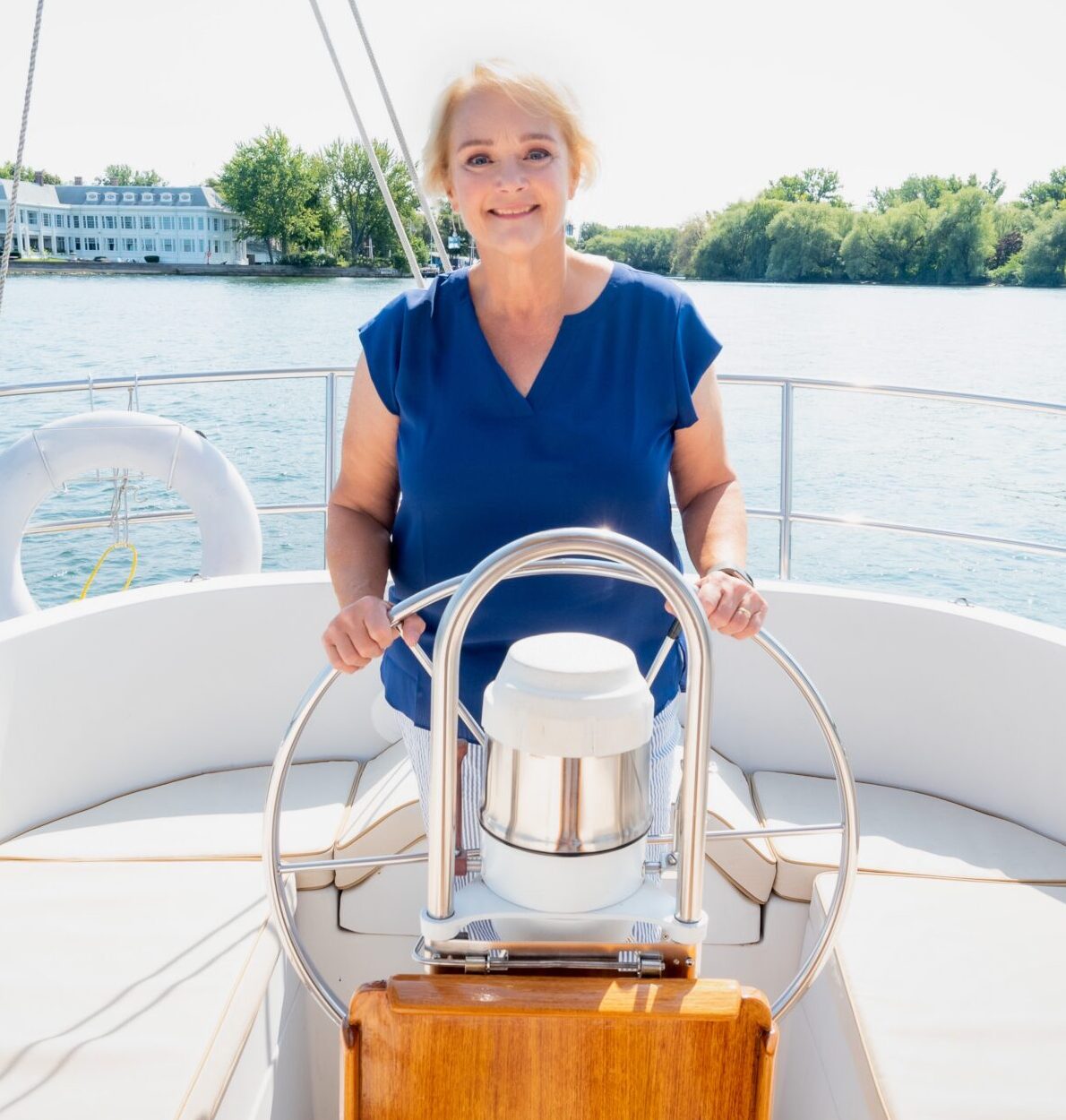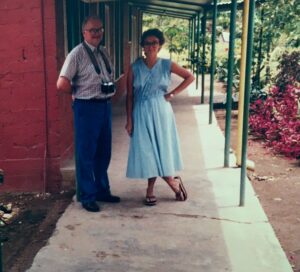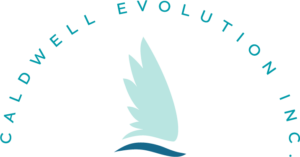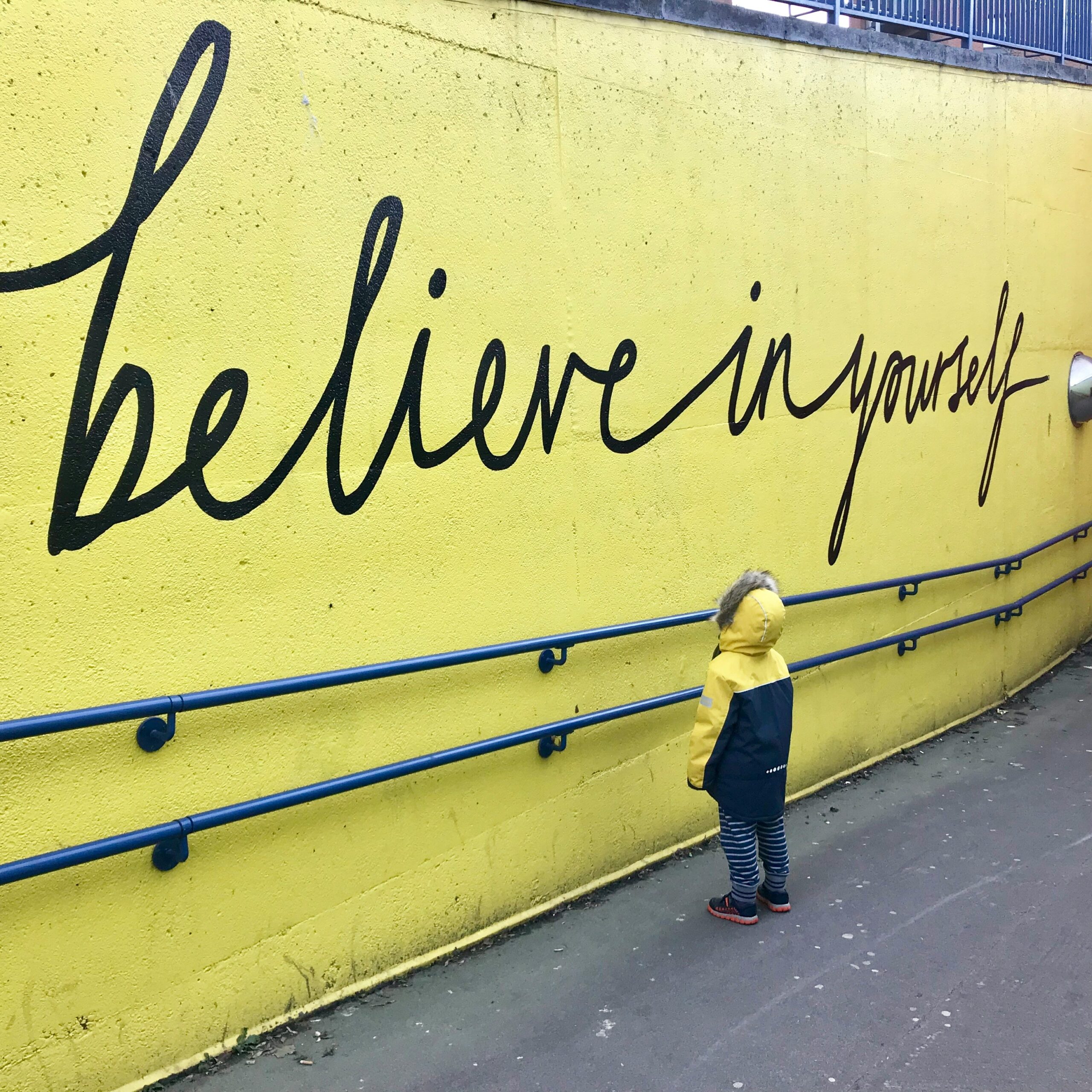 Accountability and body doubling are two powerful strategies that can significantly boost productivity, especially for people with ADHD. As a certified professional organizer and productivity coach, I offer both services to help you stay focused and achieve your goals. But which one is right for you?
Accountability and body doubling are two powerful strategies that can significantly boost productivity, especially for people with ADHD. As a certified professional organizer and productivity coach, I offer both services to help you stay focused and achieve your goals. But which one is right for you?
Accountability involves setting goals and having someone (like me!) check in to ensure you’re staying on track. This service is ideal if you’re self-driven but need external motivation. Knowing someone will follow up can give you that extra push to complete tasks, whether it’s decluttering, organizing, or sticking to new productivity habits.

Body doubling, on the other hand, involves having someone physically or virtually present while you work or workout. The body double doesn’t do the task for you but creates an environment of focus and shared energy. It’s perfect for those who struggle with distractions or need that extra sense of partnership—making it particularly helpful for ADHD. It is like having a training partner, whether or not they are training.
3 Key Tips for Choosing Between Accountability and Body Doubling:
 Know your work style: If you thrive on independence but struggle with follow-through, accountability might be your best bet. If you work better with someone nearby, body doubling can offer that sense of shared focus.
Know your work style: If you thrive on independence but struggle with follow-through, accountability might be your best bet. If you work better with someone nearby, body doubling can offer that sense of shared focus.- Consider the task: Simple, straightforward tasks like email sorting may benefit from accountability, whereas overwhelming or emotional tasks, like decluttering sentimental items, may be easier with body doubling.
- Experiment: It’s okay to try both! Some people find that body doubling works well for certain tasks, while accountability is better for ongoing projects.
To help you experience the benefits of these services firsthand, I’m offering an introductory sessions free of charge until the end of September. A group is gathering to provide community accountability AND body doubling to help each other get a few things done. Here I the link to sign up — don’t miss out!





 The today list represents items that are scheduled for today, are urgent or time sensitive. If you plan your time using time blocking, your to do’s for today are scheduled into the time blocks.
The today list represents items that are scheduled for today, are urgent or time sensitive. If you plan your time using time blocking, your to do’s for today are scheduled into the time blocks.



 I frequently encourage clients to organize to music. Put together your favourite playlist. Now see what can be accomplished before the 15 minutes playlist is done.
I frequently encourage clients to organize to music. Put together your favourite playlist. Now see what can be accomplished before the 15 minutes playlist is done.


 Many people don’t realize there is a declutter difference between backlog and day to day. Not all clutter is created equally. This will help.
Many people don’t realize there is a declutter difference between backlog and day to day. Not all clutter is created equally. This will help.


 With both the Summer Solstice and a Full Moon, the last weeks of spring promise renewal. The beginning of summer is a time for Mother Nature to bring rebirth to her garden.Try these three easy tips to help you take advantage of that renewal energy.
With both the Summer Solstice and a Full Moon, the last weeks of spring promise renewal. The beginning of summer is a time for Mother Nature to bring rebirth to her garden.Try these three easy tips to help you take advantage of that renewal energy.
 Tracking your progress on intentions is equally important to setting them. We are often so grateful for a relaxed summer atmosphere that we forget we had intentions for healthier eating, more exercise, increased sales calls – or whatever your mid calendar goals might be. Setting up a weekly tracking system will help you stay on track. Is weekly too often? No. Tracking in small increments makes it easier to keep track and stay on track. It helps to keep your goals top of mind from week to week so that success is more likely. And if things are working to head you in the
Tracking your progress on intentions is equally important to setting them. We are often so grateful for a relaxed summer atmosphere that we forget we had intentions for healthier eating, more exercise, increased sales calls – or whatever your mid calendar goals might be. Setting up a weekly tracking system will help you stay on track. Is weekly too often? No. Tracking in small increments makes it easier to keep track and stay on track. It helps to keep your goals top of mind from week to week so that success is more likely. And if things are working to head you in the 
 Creating both process and outcome goals for your business can take energy and time. You will be glad you did and here is why.
Creating both process and outcome goals for your business can take energy and time. You will be glad you did and here is why.


 Who is Carolyn Caldwell? It seemed like a simple enough request. In a recent content coaching session.
Who is Carolyn Caldwell? It seemed like a simple enough request. In a recent content coaching session. 



 Our minds are not easy to manage. There are times when mindset matters more than others.
Our minds are not easy to manage. There are times when mindset matters more than others. Why Mindset Matters
Why Mindset Matters Strategies for Mental Toughness
Strategies for Mental Toughness
 Habits can sometimes be very helpful. Other times they trip us up and get in the way of accomplishing our goals. In the Mindfully, I AM Evolving coaching program I support clients to recognized both and learn how to use, or modify them.
Habits can sometimes be very helpful. Other times they trip us up and get in the way of accomplishing our goals. In the Mindfully, I AM Evolving coaching program I support clients to recognized both and learn how to use, or modify them.

